The Plastic Nurdle Hurdle
- sjpdragonlady
- Jun 29
- 11 min read
Updated: Jul 5

What is the connection between plastics and health?
Plastic is a manmade molecule created from fossil fuels, such as gas and petroleum. Its use has escalated sharply over the past 75 years. In 1950, the world produced only 2 million tons of plastic. According to the United Nations Environment Program, we now produce over 450 million tons per year. During this 75-year span, we have produced approximately 9.5 billion tons of plastic, of which 7 billion tons is considered trash, and contributes directly to pollution. The smallest particles, called microplastics, have been found in every environment, ranging from the top of Mt. Everest to the depths of the Mariana Trench. Unfortunately, the human body is not exempt from pollution with microplastics. We eat them, drink them and breath them into our lungs.
Surgeons and scientists have located plastic particles in every organ. Specifically, microplastics have been found in human lungs, hearts, livers, kidneys, blood vessels, blood, breast milk, placentae, colons, spleens, brains, testicles and ovaries. Plastics expose us to a range of toxic chemicals. Recent evidence suggests that plastics contribute to a variety of health problems, ranging from inflammation to oxidative stress, and fueling many types of chronic diseases. Exposure to plastics has been linked to reproductive issues, cancer, developmental issues and cardiovascular disease.
Learn more here

How do plastics get into the environment?

There are no natural reservoirs of plastics.
We make them. We put them in the environment.
More than half of all plastic in the world has been produced in the past 25 years. Predictions indicate that plastic use will almost triple by 2060, resulting in a total of 1,231 million tons per year. According to The Minderoo-Monaco Commission on Plastics and Human Health, almost 40% of these plastics are single-use plastics ,and only 9% of plastics are recycled worldwide (in comparison to recycling rates of 75% for glass, 70% for paper and 65% for aluminum). In the US, only 5-6% of plastics are recycled!

Nurdles are small plastic pellets approximately the size of a lentil, that are melted down to make most plastic products. Billions of nurdles are used each year, but thousands of tons escape into the environment.
Nurdles are:
Lightweight – they are easily blown off of transport containers and into drains
Small – they can fall through drains, holes and tears in containers and packaging
Floatable – they easily wash into rivers and out to sea, then washing up on beaches

How much plastic waste is accumulating over time?
According to Yale Climate Connections, plastic production has increased 230-fold since the 1950s, and is projected to triple by 2060. More than half the total plastic ever made has been produced since 2002. Many fossil fuel companies are diverting their efforts from the production of gasoline to the production of plastics and petrochemicals. The global plastics industry is projected to account for 20% of the total oil consumption by 2050. The World Economic Forum estimates there are currently 76-199 million tons of plastic polluting our oceans, with another 10 million tons being dumped into our waters each year. Plastic pollution is persistent, and can take 100-1,000 years to decompose. The detrimental impacts of plastic on fisheries, coastlines, tourism, marine life and food could actually cost the world economy trillions of dollars yearly!

What are micro-plastics?

Over time, tiny pieces of plastic trash from toys, bottles, bags, food packaging and clothing break off. These fragments break down into smaller and smaller particles. When plastic is heated by the sun, microwaves or dishwashers, more particles shed. Microplastics are plastic fragments smaller than 5mm, or the size of a pencil eraser. According to the Columbia Climate School, scientists believe the ocean contains 24.4 trillion pieces of microplastics, weighing a total of 82,000-578,000 tons. Because these particles are too small for sewage treatment plants to filter, they are more likely to wash out to sea. Australian scientists estimate almost 15.5 million tons of microplastics have settled on the ocean floor.
Microplastics are particularly harmful to sea creatures. Because of the tiny size of microplastics, marine animals are likely to eat them. Microplastics have been found in all ocean life, even in tiny crustaceans in the ocean's deepest trenches. When ocean creatures eat microplastics, they ingest the toxic chemicals that make the plastic flexible, colorful, waterproof or flame-resistant. Microplastics can also absorb other toxic chemicals, and may carry harmful bacteria, further harming these animals. Scientists have confirmed that microplastics damage marine life by disrupting reproductive systems, stunting growth, causing tissue inflammation and contributing to liver damage.
How do plastics enter our bodies?

Humans eat, drink and breathe in microplastics. According to researchers at Yale,
plastic particles that enter through our mouths move through our digestive tract and are eliminated in stool. The smallest pieces collect in the lining of our gut and can migrate into our bloodstream. From there, these microplastics can travel to organs including the liver, kidneys, and brain. While some of these plastic particles may be flushed out through urine or bile, others collect in our organs. When we inhale plastic fibers, larger pieces are caught in the lining of our nose or throat and can be cleared out with normal exhalation. However, smaller pieces may reach deep into our lungs, and cross into the bloodstream.
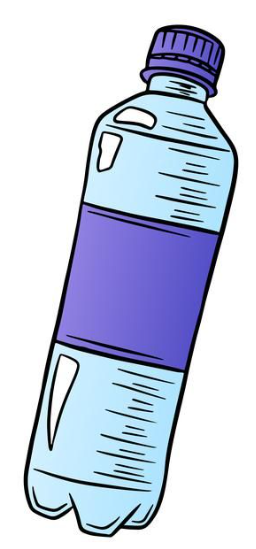
Microplastics that we eat can come from the food itself, or from the containers our foods and beverages are placed in. 99% of fish in Lake Ontario and Lake Superior contain at least one piece of microplastic. These particles were found in the edible parts of the fish, including the fillets. There is also a surprisingly large source of microplastic contamination from food wrappers, plastic water bottles and plastic utensils. Abrasion and heat exposure increase the amount of microplastics that get into the food or water in the plastic containers. Even plastic products in the kitchen, such as plastic cutting boards and scrub-brushes can contaminate food.

The WWF (World Wildlife Fund estimates that humans ingest five grams of microplastics each week-- that's like chewing up a whole credit card!

What organs might contain plastics?

Microplastics have been found throughout the human body, from the gut and lungs to the bloodstream to the organs, particularly the brain, liver and kidneys. These tiny particles were first identified in human lungs and blood for the first time in 2022. A subsequent study at the University of New Mexico in 2024 found microplastics in human testicles, suggesting a possible explanation for the global reduction in sperm count in men around the world. Since then, microplastics have been found in the brain, liver, kidneys, heart, placenta and bone marrow. They have also been detected in blood (including the blood of infants), urine, semen, and breast milk.
How are micro-plastics in the body located?

Samples that reveal microplastics come from a variety of sources: surgical pathology, biopsies, rinses of the gut and skin, and pathological testing during autopsies. Many different types of microscopes have been used to detect microplastics in human samples. These include stereo microscopes, optical microscopes, scanning electron microscopes and fluorescence microscopes, which enable pathologists and scientists to identify the size and shape of plastic particles. Techniques such as spectroscopy are helpful to identify the chemical composition of the samples. 80% of blood samples drawn from a group of volunteers in the Netherlands contained microplastics. Half of these specimens contained PET plastic, widely used to make drink bottles. More than a third included polystyrene, used for disposable food containers.

What are the health effects of micro-plastics?
To this point, there have been no large definitive studies on the impact of microplastics on human health. However, there is evidence linking microplastic exposure to a variety of health conditions. Some of the more concerning include cancer, severe immune reactions, reproductive disorders, developmental issues, DNA damage and heart disease. Studies show associations between plastic exposure and reduced sperm quality and altered hormone levels. Some of the chemicals found in plastics have been linked to heart disease deaths. Furthermore, researchers found microplastics in the clogged neck arteries of almost 60% of studied patients. After three years, people with microplastics had 4.5 times the rate of heart attack, stroke, and death compared to people without microplastics in their clogged arteries. Exposure to plastic-related chemicals and microplastics is linked to lung diseases such as asthma. Studies indicate a possible association between microplastics and reproductive, colon and lung cancers.
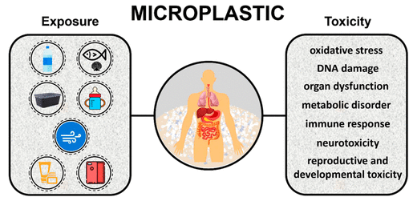
Some of the chemicals found in plastics appear to trigger inflammation, oxidative stress and endocrine disruption. Studies suggest these toxic materials contribute to inflammation, cell death, and tissue damage. One of these chemicals, BPA, is known to mimic or interfere with the body’s hormone signals. Other similar substances, such as phthalates, PFAS, and certain flame retardants, are all commonly found in everyday products. These chemicals have been linked with neurodevelopmental issues, including IQ loss and ADHD symptoms. Infants and children may be particularly susceptible to these effects. The specific risks of plastics to our health is an area of active scientific study.

An unrelated health concern secondary to plastics includes the impact of plastic production on global warming. The increased generation of plastics has also significantly expanded the emissions of some greenhouse gasses. Scientists predict that carbon dioxide emissions from plastic production will expand by 34% by 2030. The World Economic Forum projects that without intervention, the global plastics industry will account for up to 15% of global carbon emissions by 2050. OECD reports that unless human behavior changes, greenhouse gas emissions associated with the life cycle of plastic products are expected to double by 2060. For more details about the health impacts of heat, please refer to the previous blog post, It's getting hot in here.
How can I avoid ingesting micro-plastics?
Avoid microwaving food in plastic containers.
Drink from glass or stainless steel instead of plastic bottles.
Eat fresh or frozen foods instead of processed and packaged ones.
Choose personal care products without microbeads, phthalates, or parabens.
Ask your elected officials to take action to reduce plastics in the environment.

Shop Without Plastics suggests the following:
Prioritize a healthy, plastic-free diet rich in anti-oxidants such as broccoli, asparagus, cauliflower, spinach, kale, berries, grapes, cherries, ginger, garlic, turmeric, green tea, and fiber
Eliminate plastic items such as brushes, sponges, cutting boards, storage containers and bakeware from your cooking space
Avoid takeout food packed in plastic or Styrofoam-- bring your own glass or aluminum containers, and carry a reusable water bottle or coffee mug
Minimize groceries packed in single-use plastic-- bring reusable produce bags and select paper packaging whenever possible
Avoid canned foods as cans are often lined with plastic
Use plastic-free personal care products-- many cosmetics and toothpastes purposely contain microplastics
Avoid microplastics in drinking water-- plastic water bottles are one of the major contributors of microplastics in the human body, contributing to as many as 10 particles of microplastics per liter of bottled water
Prioritize eco-friendly clothing and laundry-- 30% of global plastic production comes from the "fast fashion" industry-- choose clothing made from natural materials such as cotton
Learn more
Database to check your products for plastic:

Can plastics be removed from the body?
There are no established procedures to chelate or dialyze plastics from the body. However, there is active research to evaluate prospects for filtering plastics from the bloodstream. A process called therapeutic apheresis is an experimental procedure in which a patient's blood is removed from a vein and passed through a circuit involving a machine containing a series of filters. The filtered blood is then returned to the patient through another vein. Some very recent studies of the material removed from the blood via this procedure suggest a composition of microplastics. This procedure will not remove microplastics already existing in the organs-- only potentially from the blood. This is a single very small and very recent study. While this study is inconclusive, it may be an interesting possibility to explore in the future.
Do plastics really harm the environment?
It is clear that plastic waste pollutes and harms the environment, and leads to biodiversity loss and ecosystem damage. Plastic pollution disrupts habitats, introduces toxins, and threatens animal species through entanglement and ingestion. More than 1,500 species in marine and terrestrial environments are known to ingest plastics. Microplastics have been shown to harm marine life by disrupting reproductive systems, stunting growth and causing tissue inflammation and liver damage. Plastic pollution poses a particular threat to the marine environment, due to high risks of sea life ingesting plastic, suffocating, or becoming entangled. Global warming secondary to plastics production further threatens many plant and animal species.
Plastic contents from the stomach of a single seabird

How can we get plastics out of the environment?
The best solution is to not put the plastics there in the first place! Use alternatives to plastic whenever possible. When plastics are used, recycle or otherwise dispose of them properly. More than 100 countries have implemented bans on single-use plastics. Most of these rules focus on plastic bags, but some countries have also banned other items like straws and cutlery. Additionally, over 100 countries are working to advance a Global Plastics Treaty that includes a cap on plastic production and transparency about chemicals.

Ocean Cleanup is a Dutch non-profit organization, which spearheads the most high-profile effort to clean up ocean plastic. The current version of their process has removed 220,000 pounds of plastic from the Great Pacific Garbage Patch. Their system consists of a large floating net that forms a large U shape and is slowly towed by 2 ships. Once a week, the two vessels come together to enclose and remove the plastic trash, which is sorted and recycled. There is some controversy about their process: the fossil fuel-powered ships emit 660 tons of carbon dioxide each month. To counteract this impact, Ocean Cleanup notes that they offset their emissions and are experimenting with biofuels.
One study found that most recently produced plastic remains near shorelines-- 77% of plastic remains on beaches or in coastal waters for the first five years after entering oceans. According to a Utrecht University oceanographer, most plastic in the ocean remains within 100 miles of the coastline, washing back and forth and scraping on sand, which rapidly breaks it down into microplastics. Ecologists believe that beach cleanups may be one of the most effective ways of addressing ocean plastics and microplastics.
Volunteer opportunities for beach cleanups:



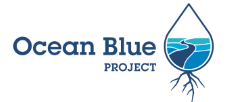

Scientists have found that 1,000 rivers around the world contribute 80% of the plastic in rivers that ends up in our oceans. Ocean Cleanup also has river cleanup technology called Interceptors, which are solar-powered catamarans placed in the mouths of polluted rivers. Trash is guided onto the Interceptor’s conveyor belt, dumped into a shuttle and carried to dumpsters housed on barges. It is subsequently transported to waste management facilities. Eight Interceptors have removed over 2.2 million pounds of trash from rivers in Indonesia, Malaysia, Vietnam, Dominican Republic, and Jamaica. In Baltimore Harbor, a similar unit called Mr. Trash Wheel catches plastic pollution from a local river. The collected plastic trash is ultimately incinerated for electricity. Four trash wheels have collected 2,000 tons of trash including 1.5 million plastic bottles, 1.4 million foam containers, and 12.6 million cigarette butts. Trash wheels are being planned for Texas, California, and Panama.
What can I do to help?
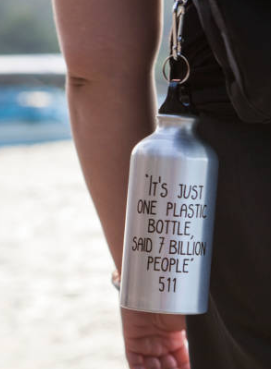
A Pew Report, entitled Breaking the Plastic Wave, identified measures which could cut annual dumping of plastic into the ocean by 80 percent in 20 years. These include reducing plastic consumption, substituting plastic with compostable materials, designing products and packaging with recycling in mind, increasing recycling, proper disposal of plastics that can’t be recycled, and reducing the export of waste.
Equo suggests the following 10 ways to reduce plastic use in everyday life:
Buy a reusable water bottle
Bring your own shopping bag
Change your food storage system
Say no to single-use straws
Bring reusable coffee mugs and soda cups
Check your soaps and shower scrubs
Choose plastic-free sunscreen
Choose paper packaging when possible
Switch to a stainless steel sippy cup
Try reusable cloth diapers

Volunteer for a beach cleanup-- use the links above!
You can be a citizen scientist and evaluate the plastic pollution in your community-- join the search for nurdles!
The first-ever International Plastic Pellet Count was quite successful!

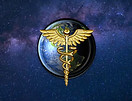


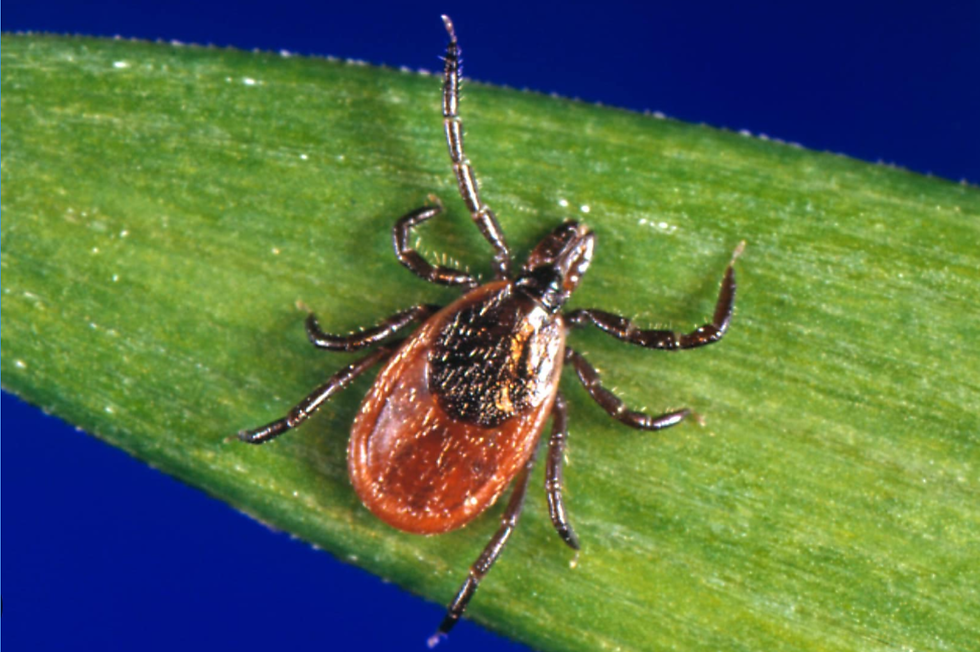


Comments